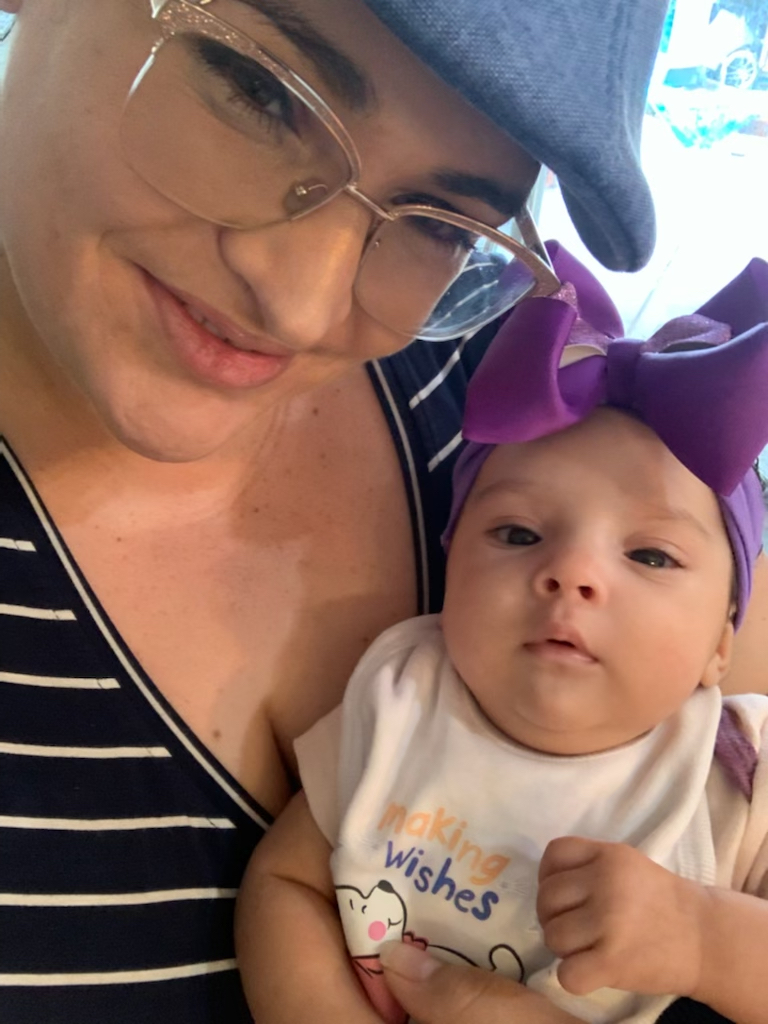
The Pulmonary Embolism Response Team is here to offer patients access to multidisciplinary, rapid, individualized care.
A newly established Pulmonary Embolism Response Team (PERT) at Loma Linda University Medical Center (LLUMC) is revitalizing the conventional approach to treating patients with pulmonary embolism (PE). LLUMC PERT’s director, Dafne Moretta, MD, says the team’s multidisciplinary structure is among the many features that enhance care coordination and secure the best courses of care possible for PE patients.
Pulmonary embolism (PE) is a major cause of morbidity and mortality in the U.S., with up to 250,000 PE-related hospitalizations each year in the U.S. and up to 100,000 deaths annually, according to the Centers for Disease Control and Prevention. PE occurs when a thrombus (blood clot) dislodges from a vein, travels through the bloodstream, and lodges into the lung. Most thrombi initially form in one of the deep veins of the legs, thighs, or pelvis.
Well-equipped to handle this potentially lethal condition, PERT gathers experts from fields spanning cardiovascular medicine, general and interventional cardiology, critical care, cardiovascular and cardiothoracic surgery, hematology, interventional radiology, critical care pharmacy, and pulmonology. Together, the experts stratify the PE risk and identify the best individualized modality for medical, surgical, or interventional management in each case.
As the third leading cause of cardiovascular death, PE can be a life-threatening, life-altering, and a fearful experience.Dr. Dafne Moretta
This is precisely what happened for Ruby Fuentes-Romo, who had just delivered her first baby at LLUMC when she started to experience some symptoms of PE — shortness of breath, dizziness, and fainting.
“I couldn’t breathe and didn’t have the energy to speak,” she says. “I didn’t know what was happening, but I could hear voices and everyone talking to make a plan.”
Minutes later, imaging tests revealed the cause of Fuentes-Romo’s symptoms: blood clots had formed in her legs and traveled up her veins where they lodged in her lungs and hindered her ability to breathe properly.
“As the third leading cause of cardiovascular death, PE can be a life-threatening, life-altering, and a fearful experience,” says Moretta. As for every patient’s case of PE, the PERT rapidly assembled to weigh risks against benefits and discuss treatment options for Fuentes-Romo. Upon reaching a consensus on the best therapeutic plan, the PERT communicated with Fuentes-Romo and her primary care team, mobilizing resources so they could swiftly perform the needed intervention.
.jpeg) Fuentes-Romo underwent a mechanical thrombectomy, a minimally invasive procedure during which interventional radiologists remove blood clots from lung vessels.
Fuentes-Romo underwent a mechanical thrombectomy, a minimally invasive procedure during which interventional radiologists remove blood clots from lung vessels.
“After the procedure, I felt the difference. I was breathing better again,” says Fuentes-Romo, who returned home a week after giving birth to her healthy baby girl.
The approach PERT uses to treat patients like Fuentes-Romo changes a longstanding paradigm in PE care, says Moretta. PERT assumes that a patient’s quality of care need not hinge on the decisions, knowledge, or resources available to a single individual in charge of their care. Instead, PERT members across many specialties unite to make consistent decisions and to coordinate care.
Our humble purpose is to increase awareness of treatment options available to patients with PE, reduce its incidence in our community, and improve health outcomes.Dr. Dafne Moretta
In addition to following patients throughout their hospitalization, PERT also follows patients in an outpatient setting, providing education and guidance on PE treatment and prevention. “Patients know that even after they leave the hospital, there's someone responsible for their care,” Moretta says. “That brings a lot of comfort to these patients.”
 Fuentes-Romo, for instance, is taking anticoagulants, or blood thinners, to dissolve her thromboembolism entirely. In addition, she will visit the PERT clinic in a couple of weeks to undergo additional imaging tests for her heart and lungs — the results of which will help determine the next step in care.
Fuentes-Romo, for instance, is taking anticoagulants, or blood thinners, to dissolve her thromboembolism entirely. In addition, she will visit the PERT clinic in a couple of weeks to undergo additional imaging tests for her heart and lungs — the results of which will help determine the next step in care.
Moretta says providing such rapid, individualized, and expert-based care for patients with acute PE is imperative to PERT’s purpose and success in improving their outcomes.
“Our humble purpose is to increase awareness of treatment options available to patients with PE, reduce its incidence in our community, and improve health outcomes,” Moretta says. “And to do it as a team. As Helen Keller said, ‘Alone we can do so little; together we can do so much.’”
To learn more about pulmonary and critical care at Loma Linda University Health, visit lluh.org/services/pulmonary-critical-care.
